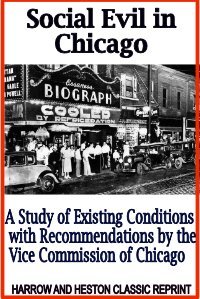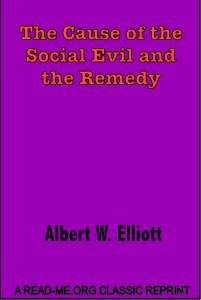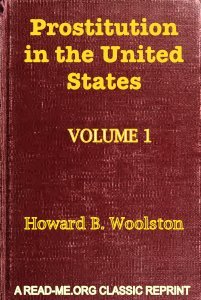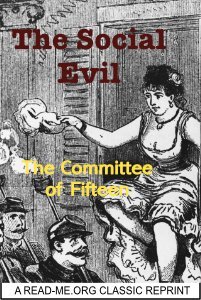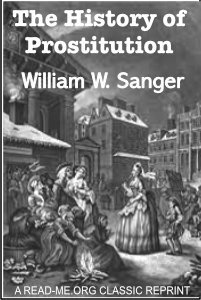By Piotr Bąkowski and Martina Prpic
Drawing on diverse underlying rationales, policies on prostitution – in the EU and elsewhere – vary both in their objectives and in their strategies for achieving those objectives. These distinctions manifest in the terminology used, with 'prostitution' typically favoured by stakeholders aiming to curb or eradicate the practice, and the term 'sex work' embraced by those who view prostitution as a legitimate form of employment. Formulating policies on prostitution presents numerous challenges, including a lack of comprehensive statistical data. However, these policies often lack emphasis on the importance of evidence-based approaches – shaped instead by ideological beliefs and moral perspectives. While discussions on prostitution transcend feminism, feminist ideologies have had a particularly strong impact on policy formulation. Academic classification of prostitution policies into national models or regimes is subject to ongoing debate, with criticism directed towards the 'model approach' for oversimplifying the complexities of these policies and failing to capture regional and local variations. Traditionally, policies have been categorised into overarching ideological approaches: 'prohibitionism', which seeks to outlaw all aspects of prostitution; and 'abolitionism', which focuses on criminalising the facilitation and purchase, but not the sale of sexual services. However, there is a growing tendency towards classifying policies as falling under criminalisation (of purchase or sale), legalisation (regulation) or decriminalisation. Given the EU's lack of explicit authority to regulate prostitution, which falls within the exclusive competence of individual Member States, stakeholders both within and outside EU institutions advocate framing prostitution as a problem linked to areas where the EU does have competence; these include gender equality, violence against women, human trafficking, and the free movement of services. With the European Commission and the Council largely silent on the issue, debates predominantly occur within the European Parliament, and are marked by strong disagreements between Members subscribing to opposing approaches. Prostitution is subject to varying regulations across the EU, leading to a diverse array of national legislative and policy frameworks. Member States differ as to how they address the sale or purchase of sex, as well as the exploitation of prostitution. This variety is due not only to EU Member States' different historical and cultural backgrounds, but also to the current local state of affairs, especially as regards the situation in the field, and the priorities of the governments in power. In some Member States, there is a strong concern that prostitution constitutes violence against women. Those States usually tend to penalise buyers of sexual services. By contrast, some other Member States recognise that 'sex work' is a voluntary choice for some and tailor their legal frameworks accordingly.
Brussels: European Parliamentary Research Service, 2024. 39p.






